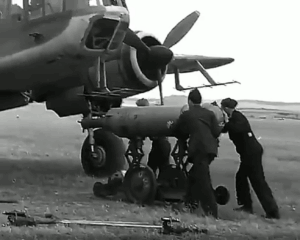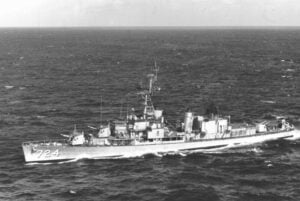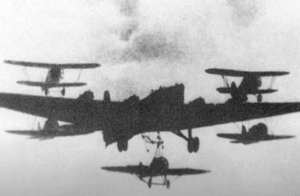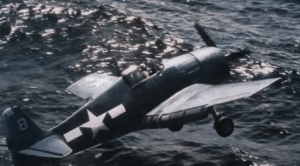The Experimental Fighter That Couldn’t Stop Exploding
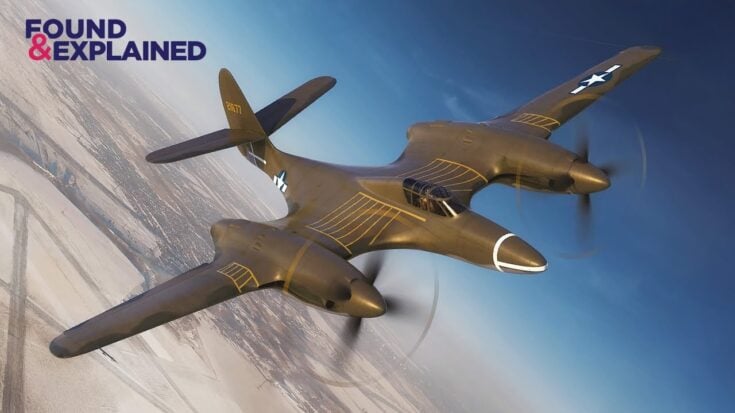
YouTube / Found And Explained
Birth of a Wild Idea
In the early 1940s, the U.S. Army Air Corps wanted something new. Not just another fighter, but a radical interceptor that could climb faster, fly higher, and destroy bombers before they reached American lines. They called it the R40C proposal. Out of all the submissions, one design looked like it came straight from a science fiction comic. A smooth, blended shape. Engines buried inside the wings. A nose like a manta ray.

James McDonnell, an ambitious engineer leading a young company, saw his chance. His concept promised a futuristic aircraft that would slice through the air with minimal drag. It was sleek, unorthodox, and bold. But the military wasn’t convinced.
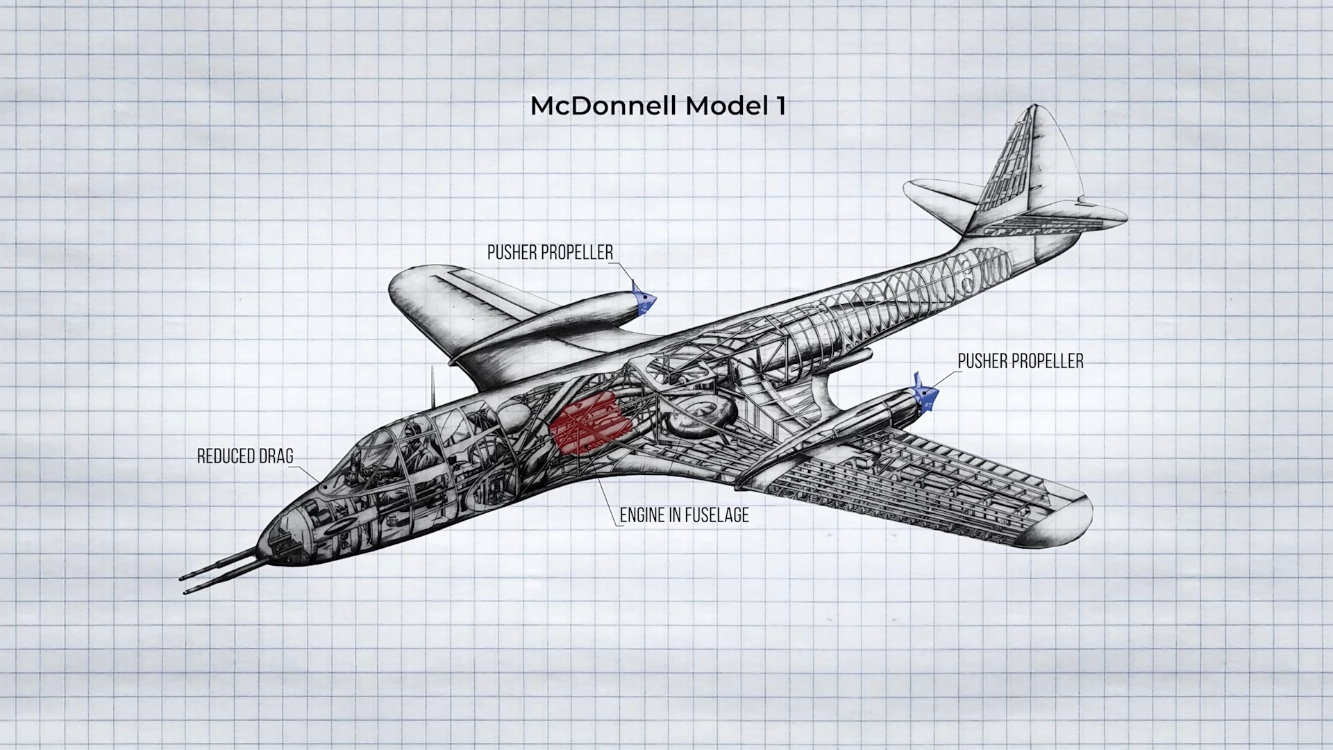
By 1941, McDonnell’s team presented a redesigned twin-engine version. It looked like no other airplane of the war. Every curve was meant to cheat the wind. The wings and fuselage were so perfectly blended they seemed carved from one piece of metal. This would be the XP-67. Test pilots nicknamed it the “Bat,” later the “Moonbat.”
The Promise of the Moonbat
The XP-67’s design aimed to push aerodynamics beyond anything seen in the piston age. Its blended wing-body made it an early ancestor of modern stealth aircraft. The team believed it could hit 472 miles per hour at altitude, outpacing every Allied and Axis fighter then in service.
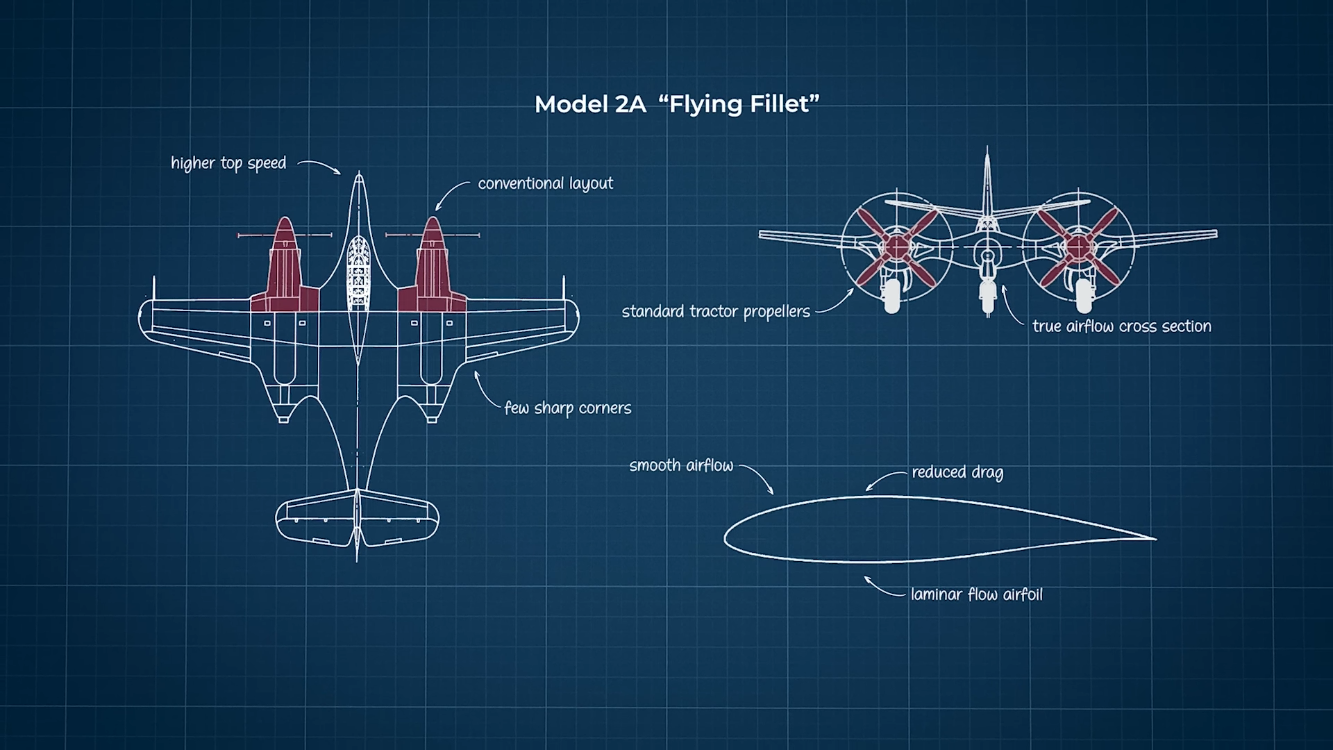
It was designed as a bomber destroyer armed with six 37mm cannons, a pressurized cockpit, and a sleek silhouette that made it look alive. But every bold feature brought complexity. Cooling ducts, turbos, and engines all had to fit inside an impossibly slim airframe. Building it proved far harder than drawing it.

By late 1943, after years of effort, the first XP-67 finally stood ready. Painted in olive drab, with wings stretching gracefully into its body, it looked like something from the future. Unfortunately, the future was about to burst into flames.
A Prototype That Fought Back
During the first taxi tests in December 1943, both engines caught fire. Mechanics rushed in with extinguishers and saved the plane, but the damage was bad.

Test pilot Everett “Ed” Elliott took the controls for its maiden flight on January 6, 1944. The Moonbat lifted gracefully, smooth and stable in the air. For six minutes, it seemed the dream was alive. Then both engines began to overheat. Elliott made an emergency landing.
Over the next few flights, engineers fixed the cooling issues, but the problems didn’t stop. During one flight, both engines oversped, nearly tearing themselves apart. The canopy flew off midair. Somehow, Elliott still landed safely. The man had nerves of steel, but the airplane seemed cursed.

New engines were installed, yet they too underperformed. The Army test pilots who later flew the XP-67 called it sluggish, underpowered, and difficult to climb. Its speed topped out around 405 miles per hour. Not bad, but too slow for 1944. The Mustang was already faster, tougher, and combat-proven.
The Final Fire
On September 6, 1944, during what should have been a routine test flight, an engine caught fire again. Flames trailed behind the plane as Elliott brought it down toward the runway at Lambert Field. He landed safely, turned the aircraft into the wind to keep the fire at bay, and waited for help. Then the right brake failed. The Moonbat pivoted the wrong way. Fire spread fast. Elliott jumped clear as the prototype burned to the ground.
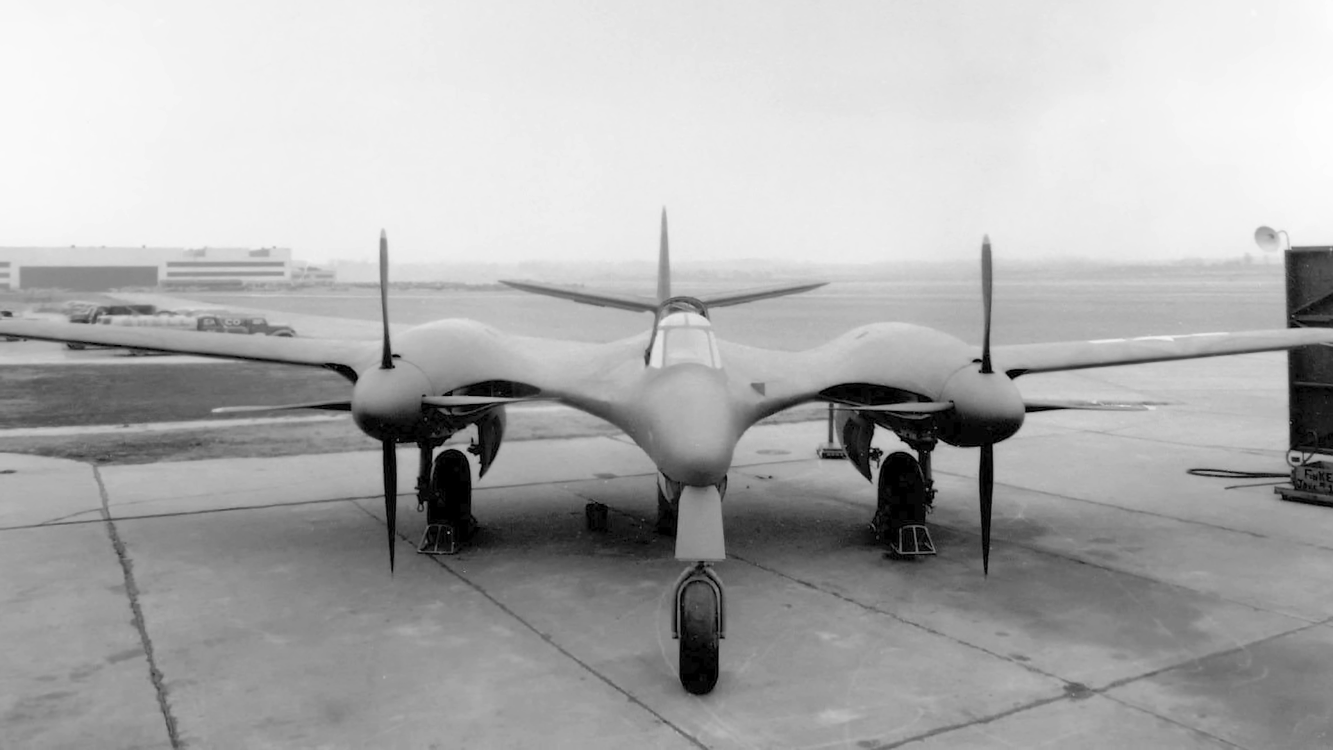
That was the end. The Army cancelled the program within a week. The second prototype, unfinished, was scrapped.
Legacy of the Moonbat
The XP-67 never saw combat. It never broke a record. It barely stayed in one piece. But it showed how far engineers were willing to push the limits of piston design before the jet age took over.














